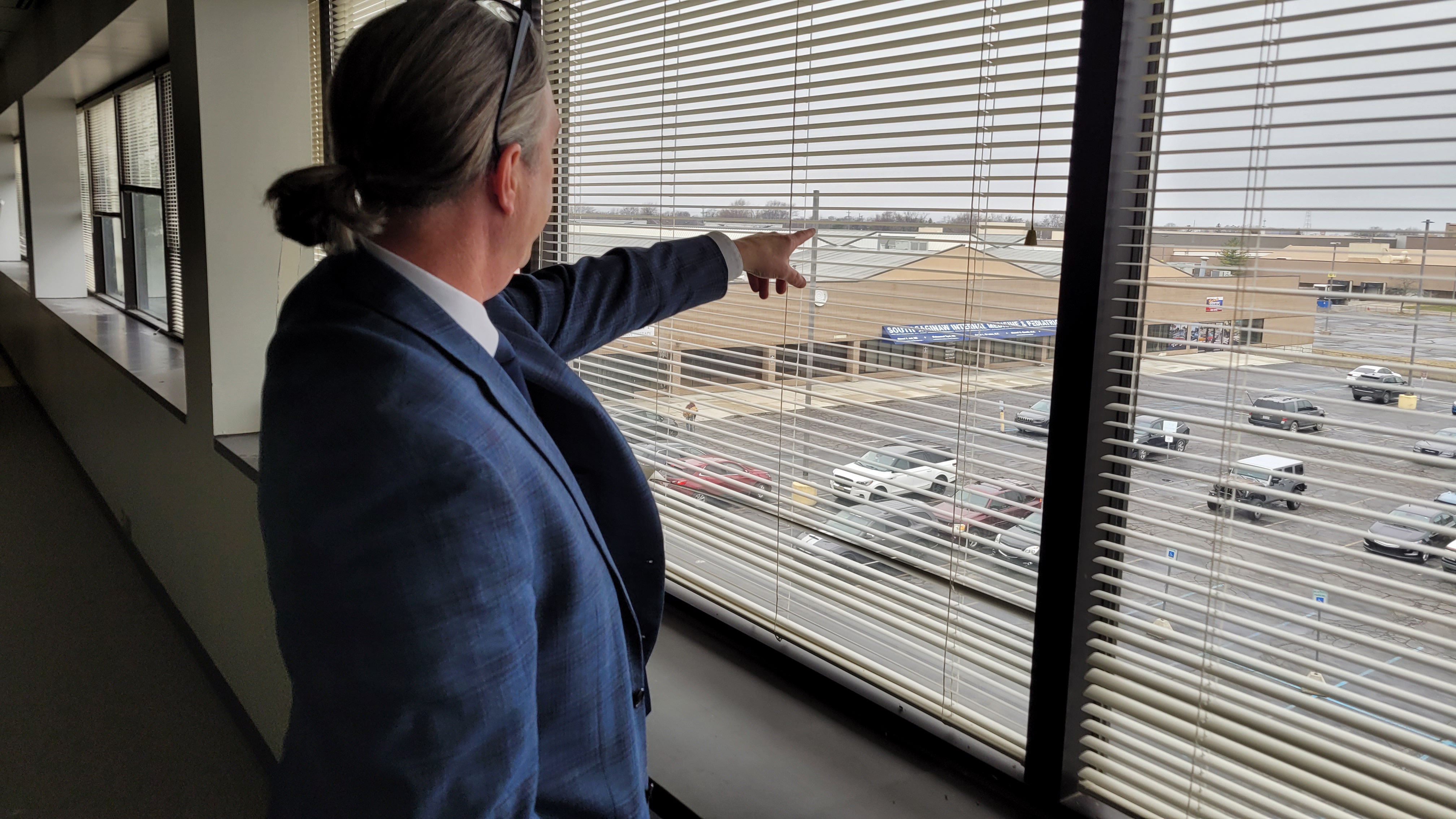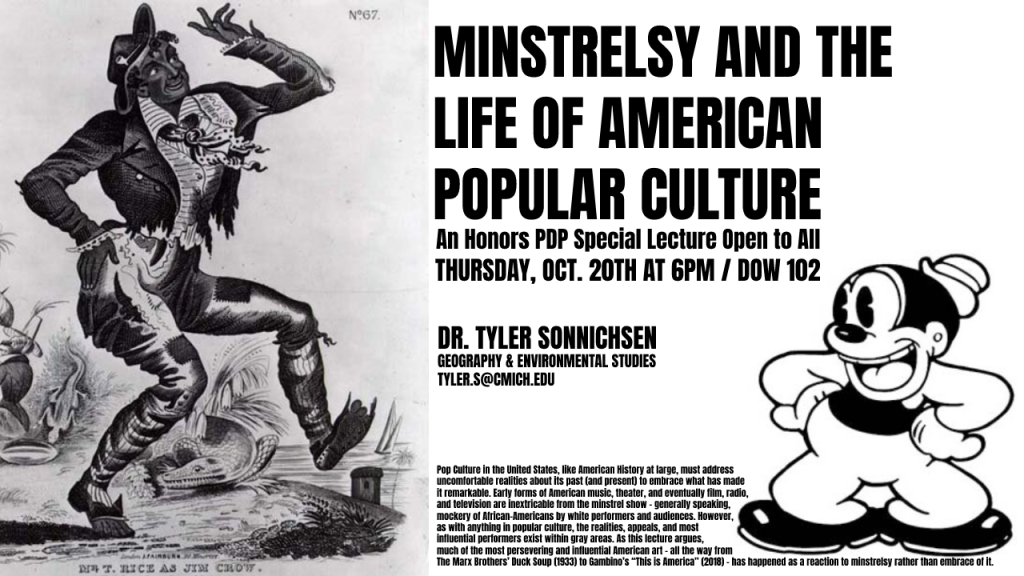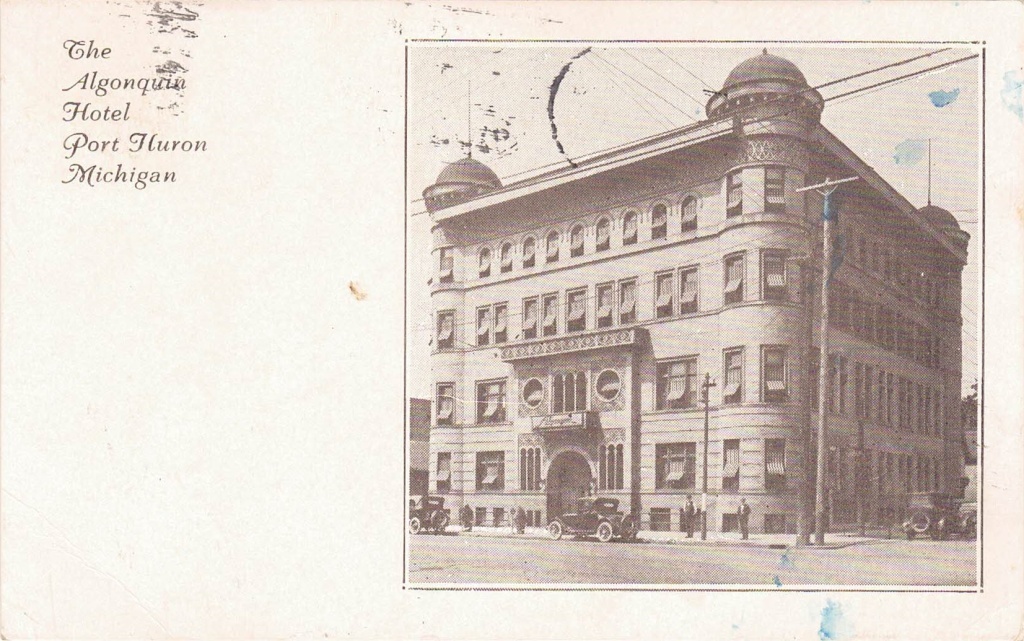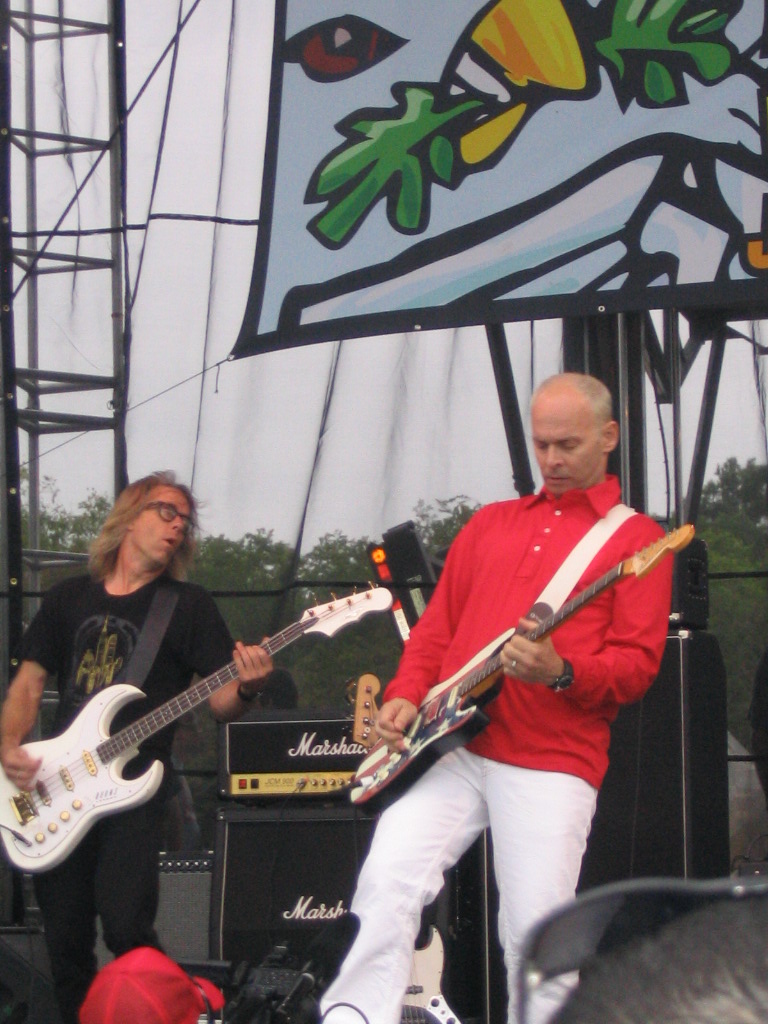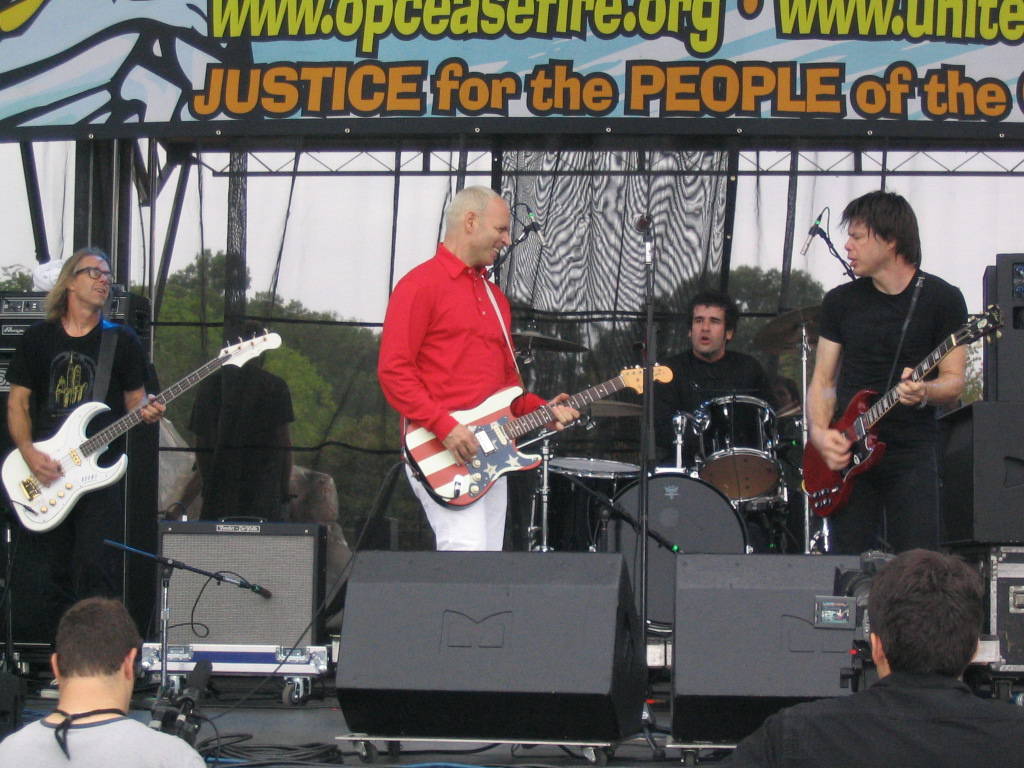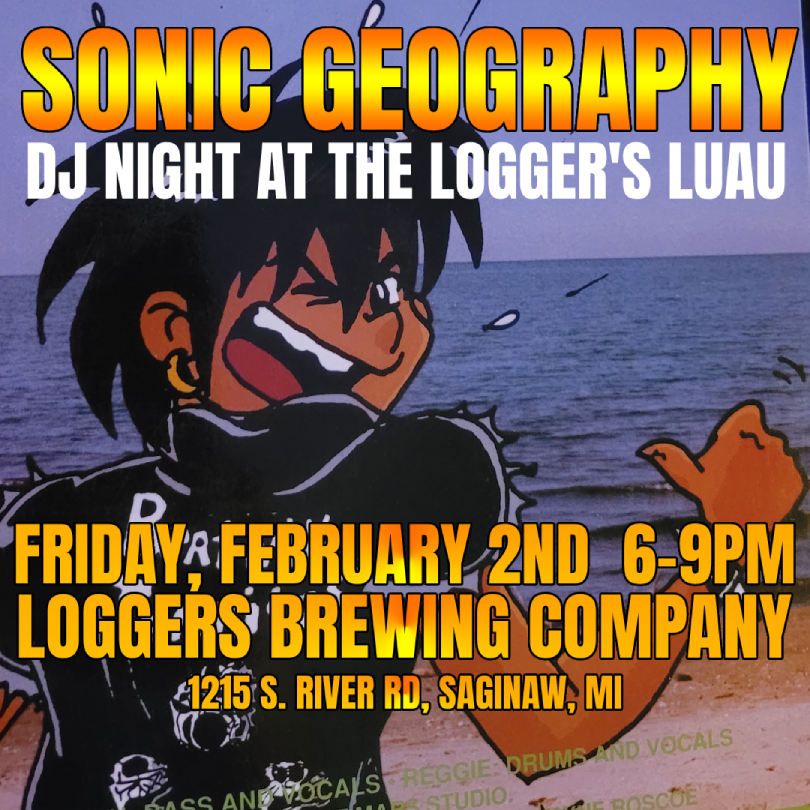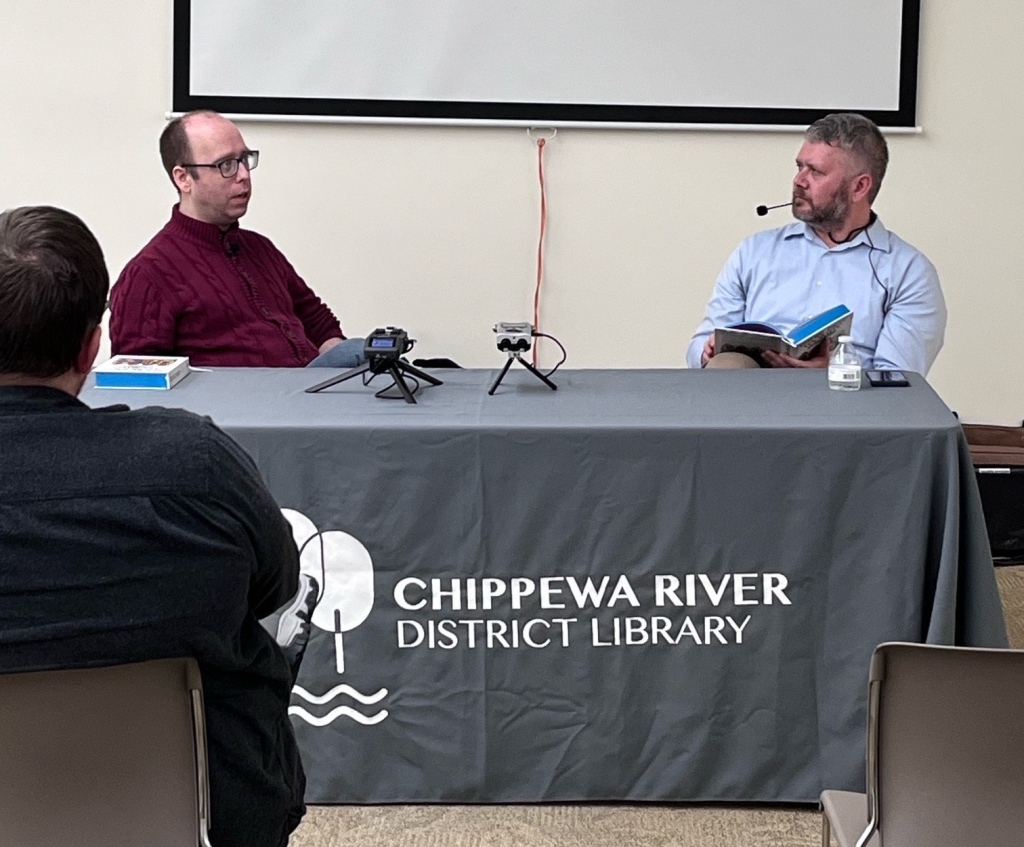It Was 50 Years Ago Today (Tuesday)… February 11, 1964…
After their initial, historic appearance on The Ed Sullivan Show on Feb. 9, 1964, the Beatles and their entourage had plans in place to fly to Washington, D.C. on Tuesday, Feb. 11th. This was ahead of their first full concert in America at the Washington Coliseum later that evening, but a heavy fast-moving snowstorm early in the morning of the 11th crippled the New York City-area airports, forcing a last-minute change. It was decided to transport the group via the Pennsylvania Railroad.
Beatles lore says the train was named The Congressman, (attributed to 1010 WINS radio DJ “Murray The K”), but PRR did not have a train with that name… it was The Midday Congressional they travelled on, with an 11 AM Southbound departure from NY Pennsylvania Station (see the attached pdf. of the PRR timetable dated Feb. 9, 1964). The train would have been pulled by one of the road’s famed GG-1 electric locomotives… which one though, has been hard to track down.
Penn Station that morning was mobbed with fans, clogging the pathways and arteries of the vast building. Police were out in force in a vain effort to keep the overzealous teens at bay. All this chaos in the midst of the ongoing demolition of “Old” Penn Station.
A streamlined Richmond, Fredericksburg & Potomac Railroad Pullman car , the ‘King George’ (built circa-1946 and used in PRR pool service) was chartered expressly for the Beatles use by their manager, Brian Epstein. With most of the New York press corps crowding into the car along with the Beatles, there was nowhere for the group to hide. For nearly 4 hours as the train headed South, they were at the mercy of anyone who imposed… including “Murray The K” (the self-proclaimed “Fifth Beatle”) , who with his constant non-stop chatter, was someone the band found to be somewhat over the top.
The group talked and mingled with everyone they came into contact with… John Lennon and Paul McCartney sauntered through the entire train, interacting with the regular passengers, signing autographs and posing for pictures.
Considering the significance of their first live American concert, the Beatles were fairly relaxed. It wasn’t until the train pulled into Washington Union Station that the impact hit them. An estimated 3,000 kids had braved 8 inches of snow and jammed the platforms, awaiting the arrival of the train. At first the crowd made it impossible for the Beatles to disembark, with fans and press battling for position… a cascade of popping flashbulbs, and complete pandemonium. The police, totally unprepared and outmanned took cover on the sidelines as Paul McCartney led the entourage toward the exits. Somehow they made their way out and into the waiting limos.
After the concert that night at the Washington Coliseum , and following an evening’s rest, the morning of Feb. 12, 1964 found the Beatles posing for photos near the U.S. Capitol before boarding a Northbound PRR train (possibly The Midday Congressional again, with an 11:45 AM departure out of Washington). For the return trip, their manager Brian Epstein and his staff flew back to Manhattan, while the Beatles rode in a PRR 1920’s-era heavyweight sleeper-converted-to-lounge-car. Just prior to departure, Paul and Ringo stood in the vestibule posing for the press, while Paul waved a red signal flag.
A repeat of the trip down, the ride back up saw mobs of press who refused to give the band a moments peace. No matter how hard the Beatles tried to discourage conversation, there was no letup from the non-stop questions, the unending clicking of cameras, and the calls for them to “be a good sport”. Beatles’ Producer George Martin (also onboard for both runs over the Pennsy) called it “…some kind of giant three-ring circus, with the boys as stand-ins for the trained seals.”
There was some comic relief… George Harrison was lifted into a baggage rack of the car and pretended to nod off. Ringo jokingly swept out the car with a broom and grabbed the camera cases of press photographers, putting them around his neck, and then walked up and down the aisle, shouting, “Exclusive ! Life Magazine ! Exclusive ! I have a camera !”. Another shot shows George wearing a PRR Car Attendant’s uniform jacket and hat, carrying a tray of 7up and Coca-Cola.
In a series of photos, Ringo (who was clearly the favorite of the newsmen) was photographed showing off a Seaboard Railroad timetable, and later still, he’s seated with PRR Car Attendant John Ragsdale who pointed things out along the route and served Ringo drinks. 9-year-old Linda Binns managed to find her way to Ringo and spent an hour talking with him. See her current story here: http://www.timesdispatch.com/…/article_56666ef5-aa05…
Ringo spent a lot of time photographing scenes of the snow-laden American landscape as the train rolled along. Beatles photographer Dezo Hoffman said: “While so far having only seen the skyscrapers of New York…now they stared, fascinated at the complete contrast of wooden shacks and scrap-yards lining the railway tracks. There were transistor radios in the carriage and every station was either playing Beatles records, broadcasting Beatles interviews, or announcing news about The Beatles.”
John Lennon, and wife Cynthia tried in vain to make the best of things. Cynthia, disguised in a black wig and sunglasses, sat in a separate compartment to avoid the attention of the press.
One photo shows Paul chatting with George Harrison’s sister Louise (who had emigrated to America some years prior), while later still, 3 female fans approached Paul as he experienced his first hamburger (you wouldn’t see him do that today !). Take note of the PRR china plate that McCartney is using… it’s decorated with the Pennsy’s famous ‘Mountain Laurel’ pattern.
Upon arrival back in New York, the platforms were again mobbed with fans when the train pulled into Penn Station. An estimated 10,000 people were on hand in and around the PRR’s colossal station. At the last minute, just before pulling into the station, and in an effort to elude the fans, the Beatles’ car was uncoupled from the train and switched onto an isolated platform. A plan to take the band up a special elevator was foiled by fans, so the Beatles had to charge up the closest set of steps and jumped into a taxi idling on Seventh Avenue. They were already overdue for a rehearsal at Carnegie Hall, where they were scheduled to appear twice that evening.
